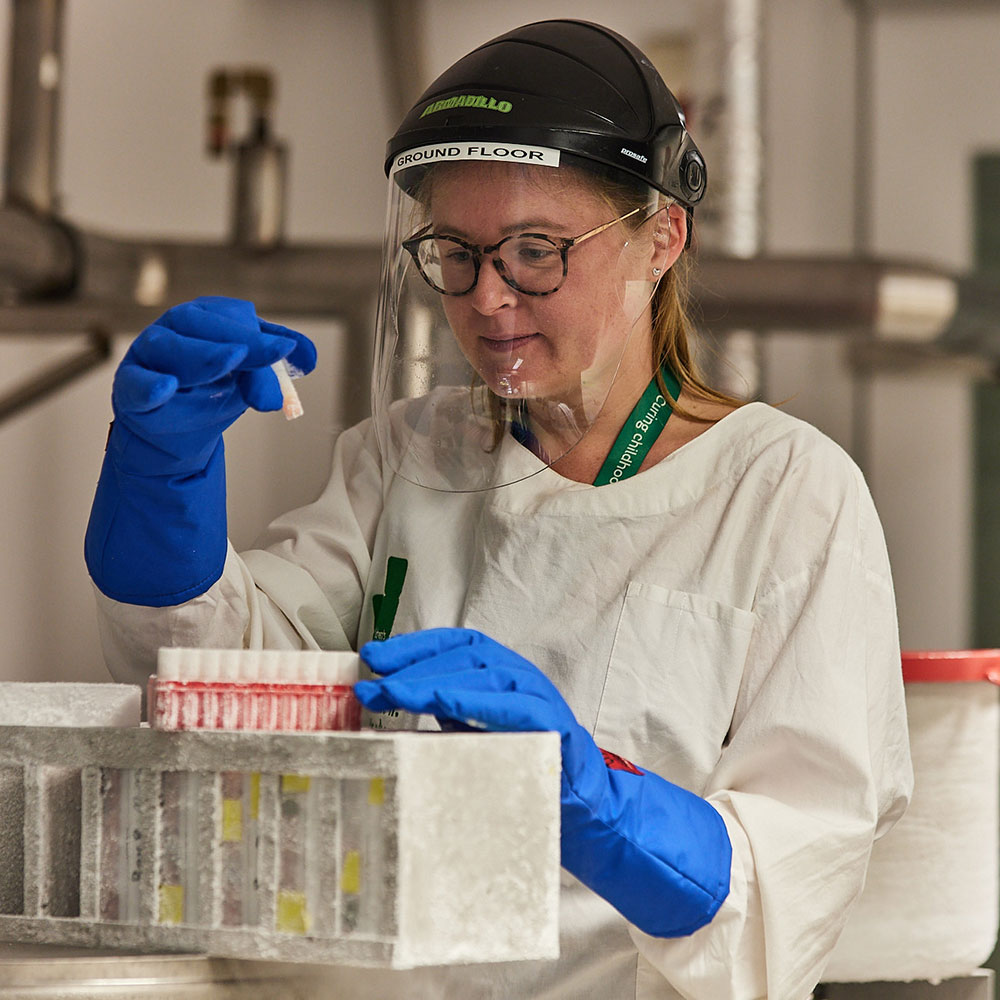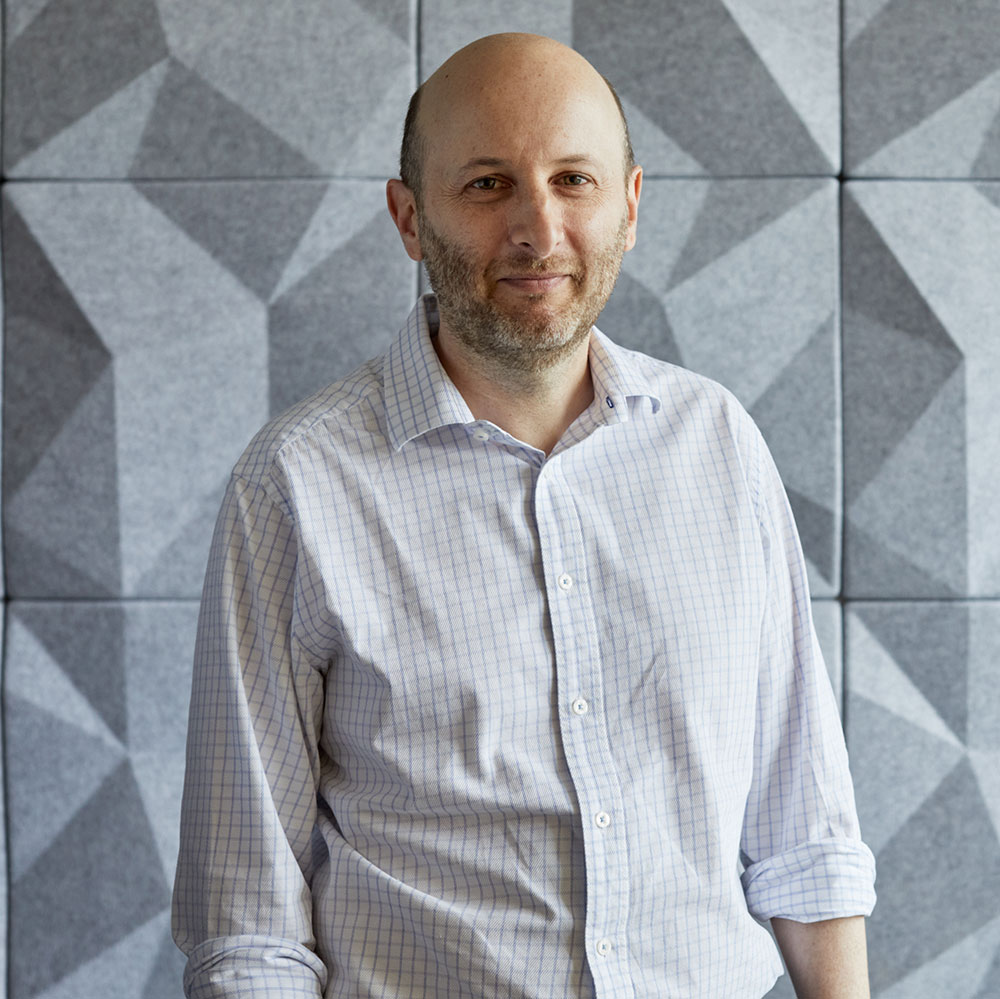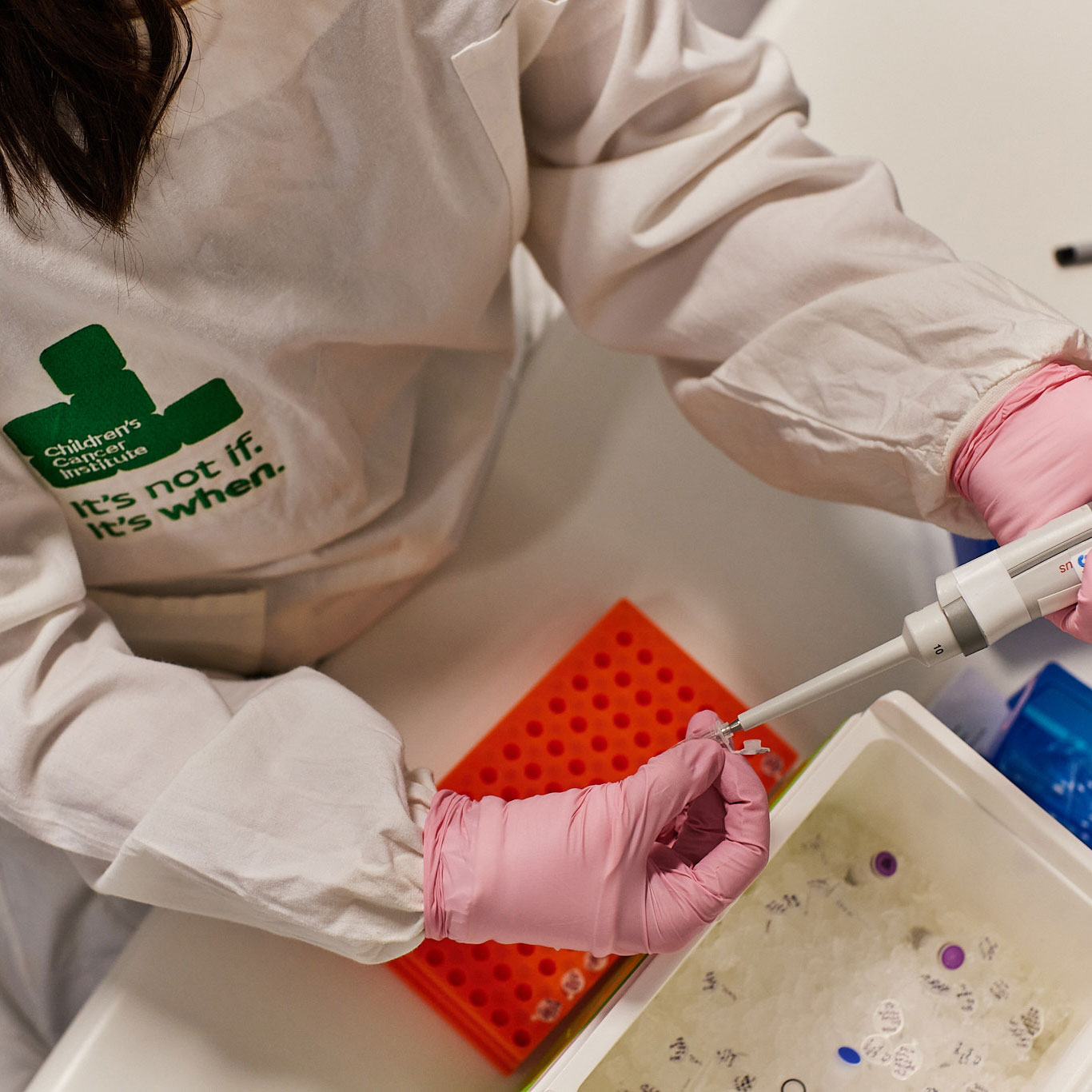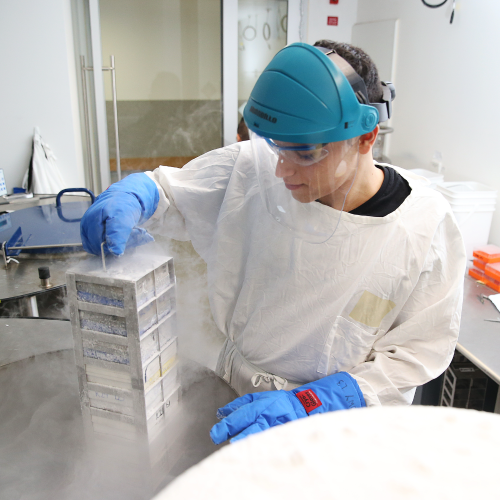In this blog, we look at the increasingly important field of computational biology. What is it, why is it such a big deal, and how can it help children with cancer?
Computational biology and childhood cancer
Modern technology is providing us with all sorts of information about childhood cancer we never dreamed we would have access to. New genetic techniques are allowing us to not only look inside cancer cells, but to examine the very molecules that drive their survival, growth and spread.
This powerful new technology is generating vast amounts of data, often referred to as ‘big data’. In particular, whole genome sequencing – a technique used to determine the exact sequence of all the DNA bases that make up a cell’s genome (its genetic material) − is producing data on a scale never seen before.
To give you an idea of the scale involved, consider this. Using whole genome sequencing technology, we can see right down to the level of the individual bases or nucleotides (A, C, G, T) that make up a child’s genome. How many of these are in each genome? About six billion.
Each child is born with about 5 million ‘genetic variants’, or differences in their DNA. Which one or two increase the risk of childhood cancer? Once a child has cancer, their tumour acquires between one thousand to one million genetic variants as it grows and develops. Which one, two or more of these are medically relevant? To answer such questions, we need the sophisticated tools and skills of computational biologists.
Applying computational biology to precision medicine
Computational biology has come to the fore in recent years in the context of precision medicine. The term ‘precision medicine’ refers to identifying the best treatment for each individual patient based on patient-specific factors – particularly genetics.
A great example of this is the Zero Childhood Cancer Program (ZERO), jointly led by our Institute and Kids Cancer Centre at Sydney Children’s Hospital, Randwick. Each child enrolled on ZERO has a sample of their cancer comprehensively analysed in the lab, using molecular techniques including whole genome sequencing. Computational biologists then work to extract meaning from all the data generated by these techniques.
Ideally, this data analysis leads to an understanding of that child’s cancer that is able to inform everything from their diagnosis and prognosis to their treatment. But even when this is not possible, the data analysis adds to a growing body of knowledge about cancer in children that will ultimately help many children with cancer in the future.
To handle the vast amounts of data involved in computational biology, top notch data management is needed. For ZERO, hybrid cloud technology through a partnership with Equinix has become a key enabling technology, allowing us to store and transfer huge amounts of data, and to work with it at speed. Using cloud computing in parallel (many computers simultaneously), we can compress the time taken to analyse each child’s cancer genome from about 5000 hours down to 24 real hours.

The Computational Biology team at Children's Cancer Institute.
Our computational biology team
Here at Children’s Cancer Institute, we have a Computational Biology Group made up of 16 talented researchers and engineers. Led by Associate Professor Mark Cowley, the team works across four areas.
The core work of the Group is genome informatics – building algorithms to try to understand data such as that generated by whole genome sequencing, and data engineering – building data analysis pipelines that receive input in the form of raw data from multiple points and produce output which indicates which genetic variants in a child’s genome may be clinically significant.
Other teams working within the Group focus on building classifiers to find patterns and extract meaning from large data sets (data science), and building apps and other tools to help researchers understand the data they generate (software engineering).
The Group also develops methods to integrate the data generated through the Zero Childhood Cancer Program with data in international public access databases. This leads to collaborative multidisciplinary research which serves to answer far-reaching questions about childhood cancer.
The future of computational biology
Now that we are able to analyse cells on such a micro scale, the sky’s the limit for cancer research. Computational biology is only going to become more important as we find new ways to generate data and look to extract meaning from it. This is very much a developing science, and one that looks set to have a growing impact on childhood cancer research as we move into the future.














